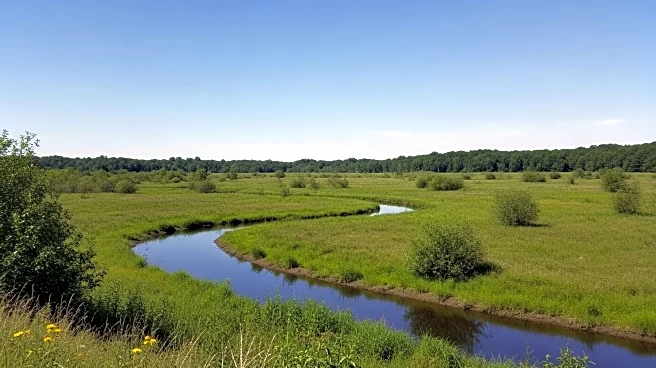What's Happening?
The U.S. Supreme Court's decision in Sackett v. Environmental Protection Agency has significantly narrowed the definition of the Waters of the United States, affecting the scope of the Clean Water Act. This ruling has led to the removal of protections for over half of the nation's wetland acres. The decision has sparked discussions about its implications for water quality management, particularly in Iowa. Royal Gardner, a law professor and author, is addressing these issues at the University of Iowa, highlighting the political and environmental consequences of the ruling.
Why It's Important?
The Supreme Court's decision has profound implications for environmental policy and water management across the United States. By reducing the number of wetlands protected under the Clean Water Act, the ruling could lead to increased pollution and degradation of water resources. This change poses challenges for states like Iowa, where agriculture and industry rely heavily on water quality. Stakeholders, including environmental groups and policymakers, must navigate the new legal landscape to ensure sustainable water management and protection of natural resources.
What's Next?
The narrowing of water protections may prompt legislative and regulatory responses at both state and federal levels. Environmental advocates are likely to push for new measures to safeguard water quality, while industries may seek to capitalize on reduced regulatory burdens. The ongoing debate will shape future policies and could lead to further legal challenges as stakeholders adjust to the Supreme Court's decision.
Beyond the Headlines
The decision raises ethical and legal questions about the balance between economic development and environmental conservation. It underscores the tension between federal authority and state rights in managing natural resources. Long-term, this ruling could influence public attitudes towards environmental protection and reshape the political discourse around climate change and sustainability.











